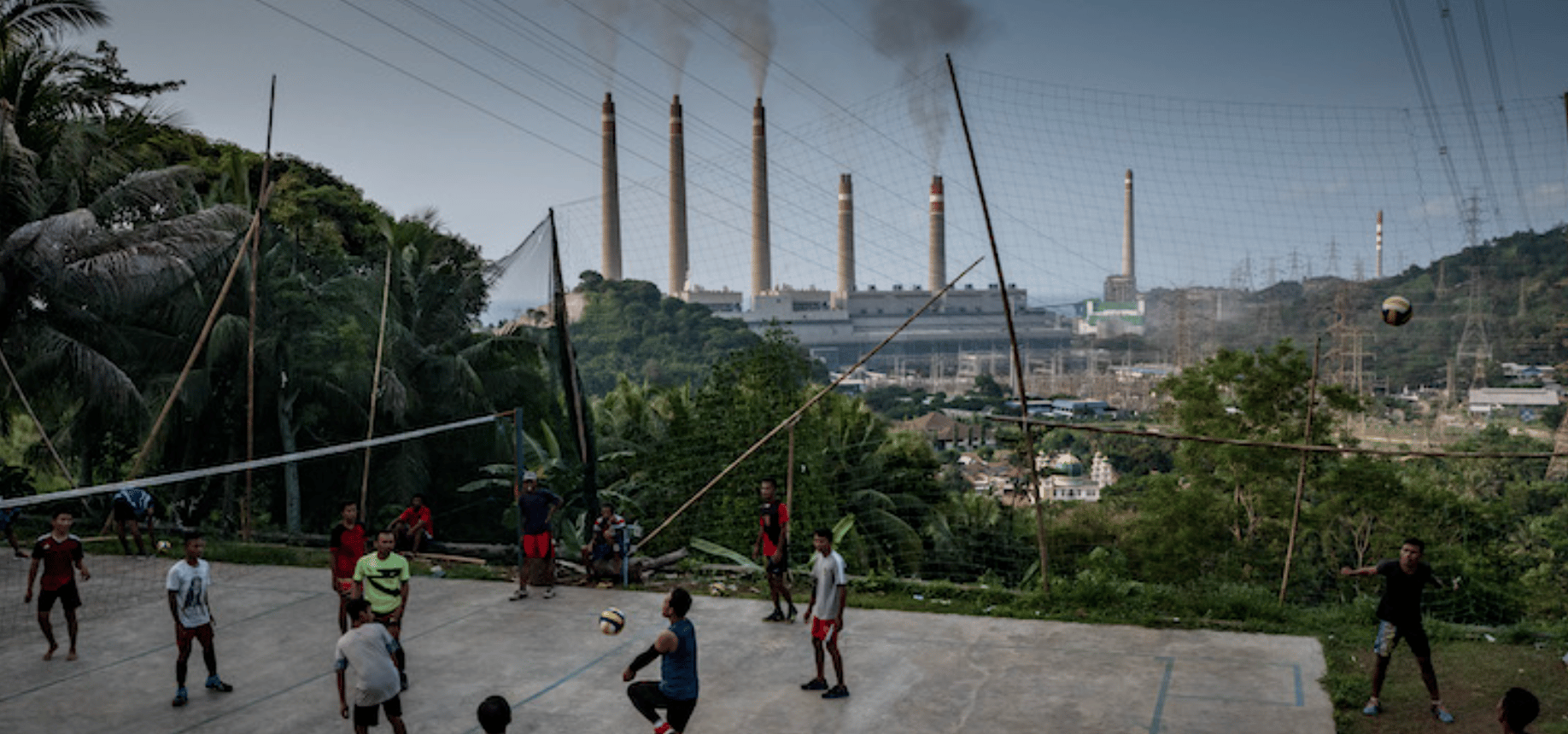Indonesia to Build Coal Plants Despite $20b Deal on Clean Energy Transition

 Why you can trust us
Why you can trust us
Founded in 2005 as an Ohio-based environmental newspaper, EcoWatch is a digital platform dedicated to publishing quality, science-based content on environmental issues, causes, and solutions.
By Hans Nicholas Jong
- The Indonesian government will still permit the construction of new coal-fired power plants, despite recently signing a $20 billion energy transition financing deal with industrialized countries.
- The plants are accommodated in the government’s 10-year energy plan and covered by a presidential regulation.
- The newly announced Just Energy Transition Partnership (JETP), by contrast, doesn’t make clear what restrictions, if any, it puts in place on Indonesia building new coal plants.
- Activists have called for a complete ban on new coal power so that a just energy transition can happen as envisioned in the new climate finance partnership.
Indonesia will continue building new coal-fired power plants, despite a recent $20 billion deal with the G7 group of industrialized countries to help it transition to clean energy.
Activists say this puts the deal, known as the Just Energy Transition Partnership and signed at the G20 summit that Indonesia hosted earlier this month, on the brink of collapse before it even takes off.
“JETP in Indonesia has a huge risk of failure in its attempt to decarbonize [Indonesia’s] electricity system,” said Andri Prasetiyo, a researcher at Trend Asia, a Jakarta-based nonprofit that advocates for clean energy transition. “This is because the government is still sending a mixed signal in energy transition by not setting a clear deadline on stopping the construction of new coal plants.”
Under the deal — the single largest climate finance partnership to date — Indonesia will aim to cap its emissions from the power sector by 2030, faster than the initial target of 2037, and to generate 34% of its electricity from renewable sources by 2030.
But the Indonesian government will still allow the construction of new coal plants, with a combined capacity of 13 gigawatts, that have already been tendered out. The plan is laid out in the country’s 10-year energy plan for 2021-2030. Crucially, a 2022 regulation issued by President Joko Widodo greenlights the construction of what’s known as captive coal plants, which are built specifically to supply certain industries and not to feed into the grid.
In a joint statement, Indonesia and its JETP partners — comprising the G7 plus Denmark and Norway — say they have a target to restrict the development of captive coal-fired power plants in accordance with the 2022 presidential regulation. They add the continuation of the partnership is contingent on no construction of coal plants where timely, zero-emissions, affordable and reliable alternatives are available. The partnership also calls for the development of a strategy to avoid new captive coal and to identify investments in renewables as alternatives to captive coal.
But whatever restrictions the JETP places on captive coal still aren’t clear, according to Grita Anindarini, program director at the Indonesian Center for Environmental Law (ICEL). She called on the Indonesian government to revise any regulations and policies that still allow for new coal power and thus hamper a just energy transition as envisioned in JETP. Grita cited the 2022 presidential regulation as explicitly allowing the construction of new coal power plants.
Indonesia was the world’s fifth-largest greenhouse gas emitter in 2019, behind only China, the U.S., India and the EU as a whole. Its emissions come largely come from deforestation and burning of coal, with the latter generating 61% of the country’s electricity.
Emissions from Indonesia’s power sector are projected to keep increasing as the country grows its economy, the largest in Southeast Asia and 17th largest in the world by nominal GDP. In particular, captive coal for industrial parks is expected to increase by 9.5 gigawatts to feed the country’s mineral-processing industry, including for the nickel used in electric vehicle batteries.
The issue of captive coal plant nearly derailed the JETP from coming to fruition. According to reports from the EU’s diplomatic service for the Council of the EU, dated Oct. 24, the main sticking point holding back the JETP deal was a 5 GW captive coal power project in Indonesian Borneo. If that project moves forward, the donor group insisted, the deal would be off the table.
With the deal in place for now, Indonesia and the donor countries will have to formulate an investment plan over the next six months with details on where the funding will come from and how the money will be spent.
This investment plan should be more explicit than the initial joint statement about prohibitions on new coal plants, said Grita from ICEL.
It’s also important for the public, especially communities potentially affected by the energy transition program, to be involved in the formulation of the plan, said Greenpeace Indonesia climate and energy campaign coordinator Tata Mustasya.
“In order to achieve the targets of this program, JETP since the beginning has to be carried out in a transparent, participative and accountable manner,” he said.
Grita said the investment plan should also ensure that coal plant operators are held responsible for the harm they’ve inflicted on communities living near their plants, even after their plants are shut down under the partnership.
“Many coal plants have polluted and damaged the environment as well as harmed people,” she said. “The [Indonesian] government has to make sure that the financing scheme doesn’t scrap the responsibility of plant owners to restore the environment and resolve conflicts, especially with affected communities.”
Reposted with permission from Mongabay.
Subscribe to get exclusive updates in our daily newsletter!
By signing up, you agree to the Terms of Use and Privacy Policy & to receive electronic communications from EcoWatch Media Group, which may include marketing promotions, advertisements and sponsored content.

 233k
233k  41k
41k  Subscribe
Subscribe 



